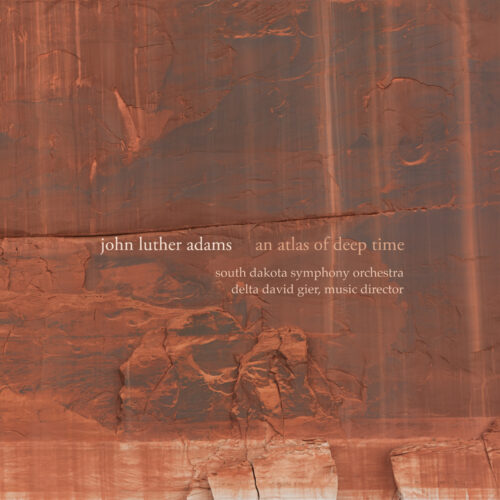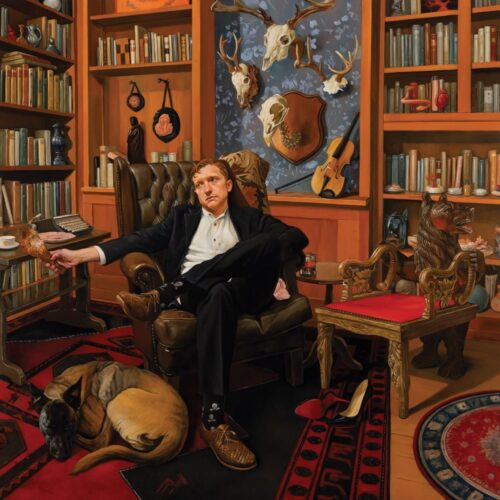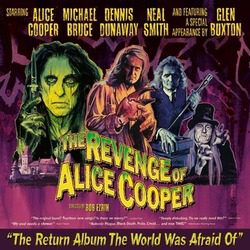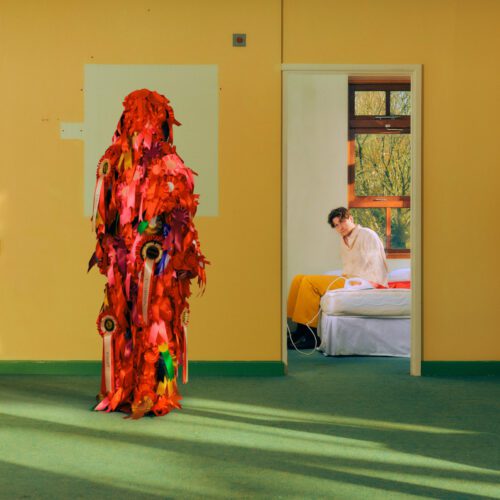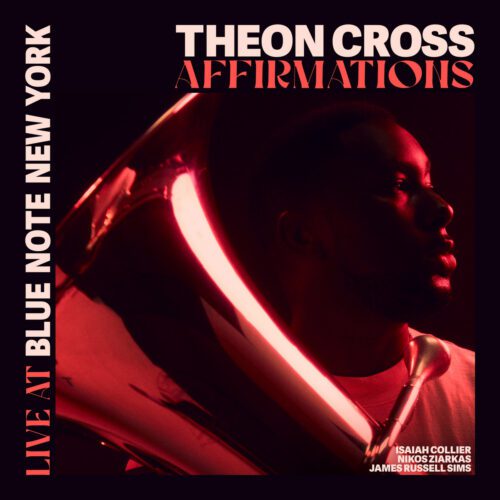John Luther Adams (not to be confused with John Adams, without Luther, and better known) is an American composer who won the Pulitzer Prize for music in 2014 for Become Ocean, a huge wave of music lasting some 40 minutes. Adams is used to writing very long, immersive works in one go, and An Atlas of Deep Time is no exception.
As with Become Ocean, Adams plunges the listener into an immense, enveloping, shifting canvas of gigantic ebbs and flows stretching over forty minutes. Adams evokes a walk through a desert that was once, hundreds of millions of years ago, an equatorial sea teeming with life. Mentally, he dives in and inhabits this distant temporal space, the walk leaving the desert for deep time. It’s this feeling of total immersion that he wants to share with us. And it works. We’re swept along like chaff on the irrevocable swell of the passage of time. Lots of low strings and dark brass, heavy, massive percussion and harmonies that in places recall Gorecki’s 3rd Symphony, but in a much freer, more fluid architecture. There is something almost eschatological about the character and scale of this gargantuan score, but it is never shrill, never irritating. Above all, it is never imposed, like Wagner’s totalitarian scores.
Imagine the fictional soundtrack to Lovecraft’s return of the Great Old Ones, without the horror and dread. On the contrary, and indeed, An Atlas of Deep Time is bathed in a diffuse light, filtered through almost infinite Aeonian waves. Yes, it’s beautiful, very beautiful indeed.
The South Dakota Symphony Orchestra, conducted by Delta David Gier, gives the impression of being gigantic. In any case, it is sumptuous and contributes entirely to the success of this undertaking through its total conviction in the score. Listening to music like this in a quality concert hall must be an unforgettable experience.
A superb, intoxicating recording of inspiring maximalist music.
